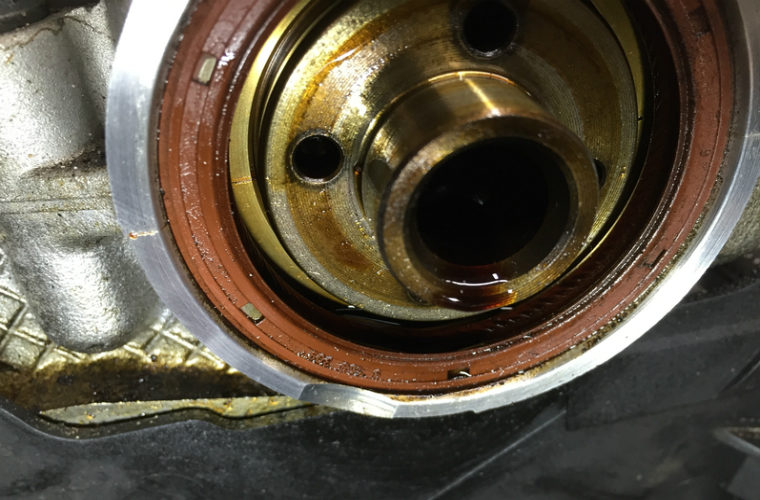Corteco, the supplier of automotive components to the independent aftermarket, has released guidance on when technicians should change oil seals, oil, or apply additives to oil – warning of the consequences of incorrect maintenance.
In a statement, Corteco explained the why it believes additives are crucial to the optimal lubrication of all elements of the engine, but ensuring that the correct seal is used with it is key. They said: “Engines have to do more while trying to meet efficiency targets.
“Although oil is beneficial for many parts within the engine, it also causes a lot of harm to oil seals.
“Oil additives improve the lubricating performance of the base oil, and they are vital for the proper lubrication and prolonged use of engine oil in modern combustion engines.
Early repairs
“Although the additives in the oil are extremely beneficial for most engine components, the additives being used today have an adverse effect on oil seals, often causing them to wear or leak, causing early repairs to fix the problem.
“One way a seal can fail from oil additives is due to chemical compatibility.
“This is an issue that arises when changes are made to the formula of lubricants.
“Sometimes, even though the base fluid remains the same, an additive causes the seal to fail.
“However, the effect is not always predictable as the seal may wear out faster than expected or simply not perform as it should.
Corrosive fluid issues
“Alternatively, the seal material can break down when it encounters a corrosive fluid.
“This will occur when the improper seal material is chosen for an application.
“The use of non-compatible materials can lead to chemical attack by oil additives, hydrolysis, and/or oxidation of seal elements.
“This will result in the loss of the seal lip interface, softening of the seal durometer, swelling, and/or shrinkage of the seal.”
Look out for discolouration
Corteco has said that any discolouration of the seal is an indicator of chemical erosion.
Advised checks
To avoid the seal from wearing early or not performing as expected, certain variables need to be looked at.
The fluid pressure range needs to be checked, this includes not just the operating range of the fluid system pressure, but also the severity and frequency of the system pressure peaks.
Resting and operating temperature range of fluid and the cylinder assembly are important with seal selection.
The fluid type due to the fluid media and viscosity are important for seal efficiency and effectiveness.
Getting this right will ensure the long life of an oil seal as well as reduce the need for early repairs, Corteco said.
With oil additives being added to engine oil it is becoming ever more crucial to ensure the right seal is chosen – not just for the application but for operating conditions and to work well alongside the additives.
Corteco offers a range of more than 7,000 gaskets and over 6,500 different shaft seals Simmering® and valve stem seals in OEM (original equipment manufacturer)-quality for vehicle applications across the global car parc to ensure of accurate seal replacement.
For more information on Corteco’s range of products, click ‘more details’ below.







